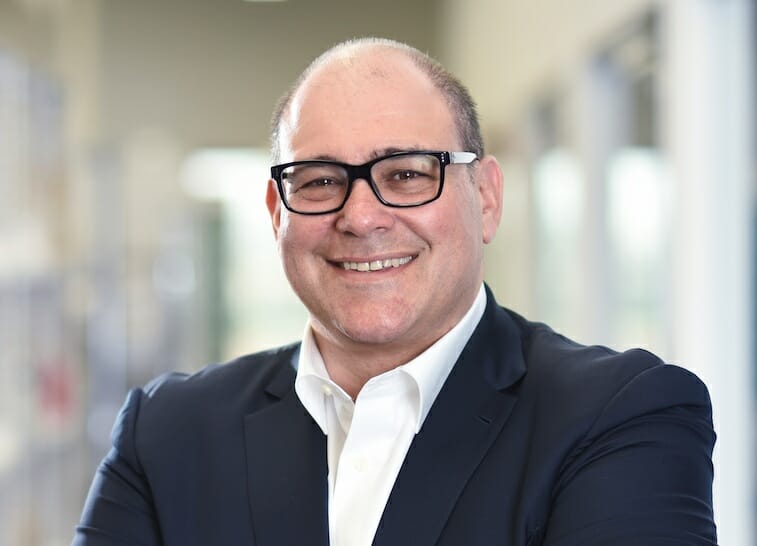
Americans are living longer and having fewer children than ever before. This leads to a rapidly evolving, and aging, United States population. Many of these aging individuals are considering their retirement options and expressing a strong desire to age in place. Today, over three-quarters of Americans 50 and older hope to remain in their home for life, according to AARP Research.
Barriers to aging at home comfortably
Aging in place does not mean aging independently for most. About 69% of U.S. adults over 85 have one or more disabilities, according to the bureau. The most common challenge for this age group is often mobility. This makes grocery shopping, visiting the doctor, and regular errands like picking up medications a daunting task. Many of these aging individuals need help to age in place successfully.
Spouses, family members, friends and neighbors typically offer essential support. These informal caregivers help with bathing, prepare meals, providing transportation and more.
Caregiving has been declared a public health issue by the Centers for Disease Control (CDC) due to the physical and mental strain it can have on the care provider. In spite of this, many Americans continue to provide regular care and assistance to loved ones with a disability or health problem. From 2015 to 2020, the number of informal caregivers in the U.S. rose by 9.5 million. About a third of these individuals provided 20 or more hours of care per week, with 53.8% of them having provided care for over two years.
Support for informal caregivers would cost $470 billion
It is clear looking at the numbers that informal caregivers play an essential role in the lives of patients and our larger community. The AARP found it would cost nearly $470 billion per year to cover the services informal caregivers often provide elderly Americans for free. While we cannot repay their kindness, technology is emerging that will make their lives easier when it comes to the patient’s prescriptions.
Many elderly Americans have multiple conditions and, as a result, multiple prescriptions they need to be taking. According to U.S. Pharmacist, 57% of women and 44% of men 65 and older take five or more medications weekly. In fact, 12% of Americans 65 and older take as many as 10 or more medications per week. This is a handful for caregivers who are tasked with ensuring patients take their necessary medications.
After all, “Drugs don’t work in patients who don’t take them,” as former U.S. Surgeon General C. Everett Koop famously said.
Because many of these aging individuals have multiple complex conditions, they often see various doctors. This means caregivers spend a lot of their time taking loved ones to different medical appointments. Also, caretakers have the large responsibility of ensuring each of these doctors is aware of all the medications the patient is taking. Lack of communication between prescribers can lead to prescription duplication and adverse drug reactions.
Innovation in dispensing patient medication
We can lift this burden of communication from patients and caregivers by changing the way patient medication is dispensed. Through combining leading-edge technology and personalized care, pharmacies can ensure all physicians are on the same page, reducing overprescription and the burden on our health system caused as a result.
Dedicated personal care coordinators are a great example of this. They centralize all a patient’s medications and make themselves accessible to all parties involved. This includes corresponding with each of the patient’s physicians and processing insurance claims and approvals.
Personalized service + technology
This technology-backed personal care makes the lives of caregivers simpler. For example, personal care coordinators can review a patient’s medication list and forward it to the patient’s physicians or other caregivers. Instead of being bogged down with phone calls, emails and texts about prescriptions, caregivers can spend their time being present with the patient. Relieved of this administrative burden, caregivers can get back to providing the patient with comfort and social connection.
This leads to a better quality of life for patients. After all, this personal connection is what patients and their caregivers had in mind when they decided to age in place originally.
Blended approaches represent the future of health technology
Better healthcare experiences require human connection empowered by technical infrastructure that is transparent to patients and accessible to caregivers.
In order for aging at home to be successful, this combined strategy is essential. It also saves our healthcare system time and money by delivering elder care more effectively.
Lawrence Margolis is CEO and founder of PersonalRX.



